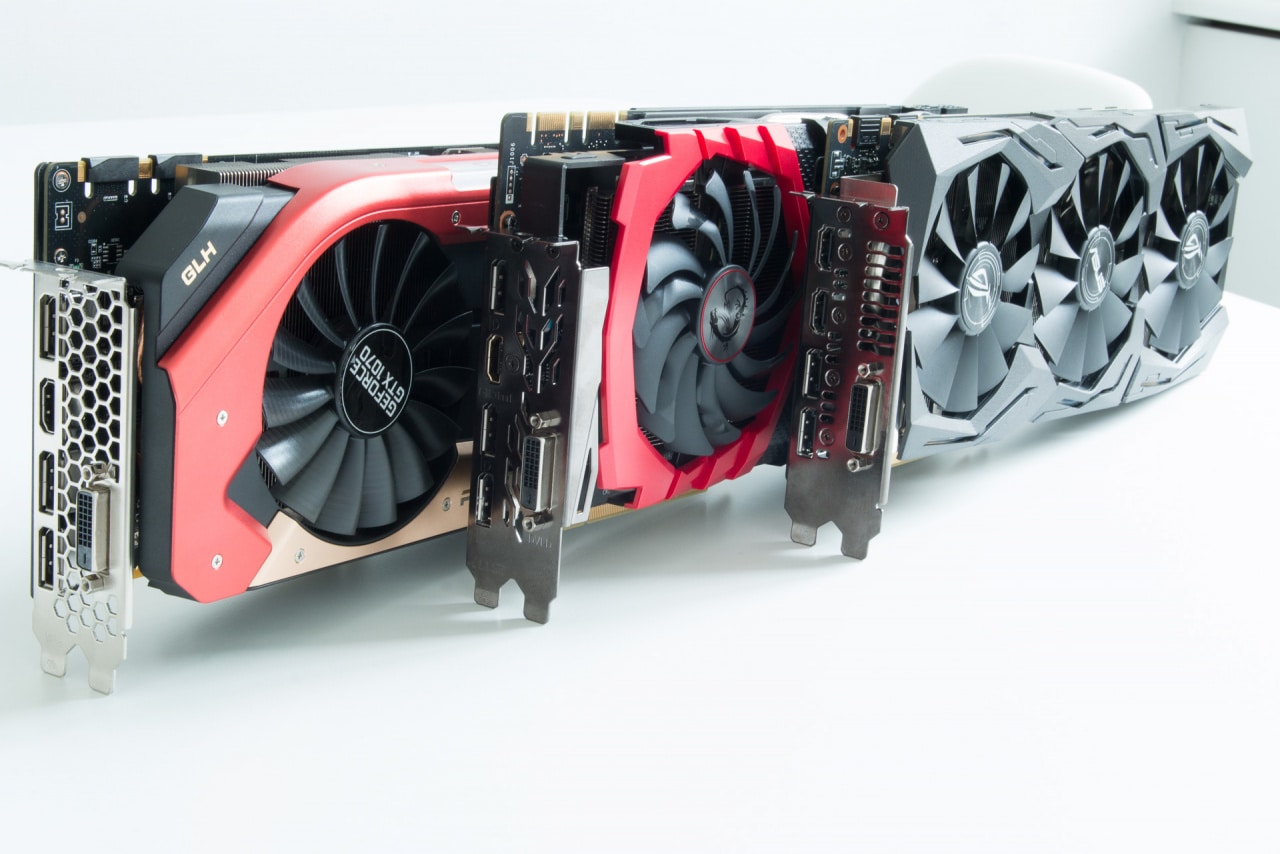The PCI Express interface is used to connect all kinds of plug-in cards, from graphics cards to sound cards and more recently also fast SSDs. Although today’s version 3.0 is sufficient for the most part, the requirements for bandwidth are constantly increasing, which is why the work with PCI Express 4.0 has been underway for a few years now.
Standard version | Bit rate | Bandwidth per channel | Bandwidth x16 connections |
|---|---|---|---|
PCI Express 1.0 | 2,5 GT/S | 250 MB / s | 8 GB/s |
PCI Express 2.0 | 5 GT/s | 500 MB / s | 16 GB/s |
PCI Express 3.0 | 8 GT/s | 1 GB/s | 32 GB/s |
PCI Express 4.0 | 16 GT/s | 2 GB/s | 64 GB/s |
In connection with the Intel Developer Forum, further details about the standard are revealed, where the primary news is doubled bandwidth per channel. According to Tom’s Hardware, the specification will reach version 0.7 within the next few days, which will later be followed by a version 0.9 before it is fully completed at the end of the year.
Since the introduction of PCI Express 1.0, the connection on the motherboard has officially only supported a power supply of 75 W, so the remaining consumption had to be fed via dedicated cables from the power supply. This will for the first time be changed with version 4.0.
Richard Solomon, one of the managers behind the standardization body PCI-SIG, says that PCI Express 4.0 must be capable of delivering at least 300 W directly via the connection on the motherboard. He also adds that the ceiling can be much higher than that, between 400 and 500 W, but it is a detail that has not yet been carved in stone.
Although the standard ultimately only lands on 300 W, it is more than enough for most graphics cards on the market. Nvidia’s latest flagships Geforce GTX 1080 and Titan X are specified at 180 and 300 W, respectively, while AMD’s current top card Radeon Fury X is officially at 275 W.
It is worth mentioning that current graphics cards will not be able to be connected to a motherboard without external PCI Express cables, without new circuit boards being required to take advantage of the function. Another question that is left unanswered is how the motherboard should handle the power supply, as the 24-pin cable is not enough according to ATX standard. One possibility is that extra cables may be connected directly to the motherboard or that there is a change in the ATX standard.
Another long-awaited news is that PCI-SIG is working on a standardized, external, solution for PCI Express called “OCuLink”. The idea is that this will work for everything from storage to plug-in cards, such as graphics cards.















